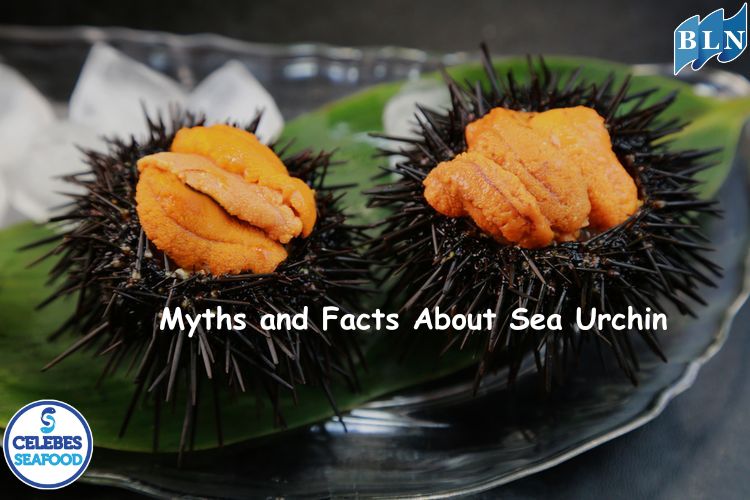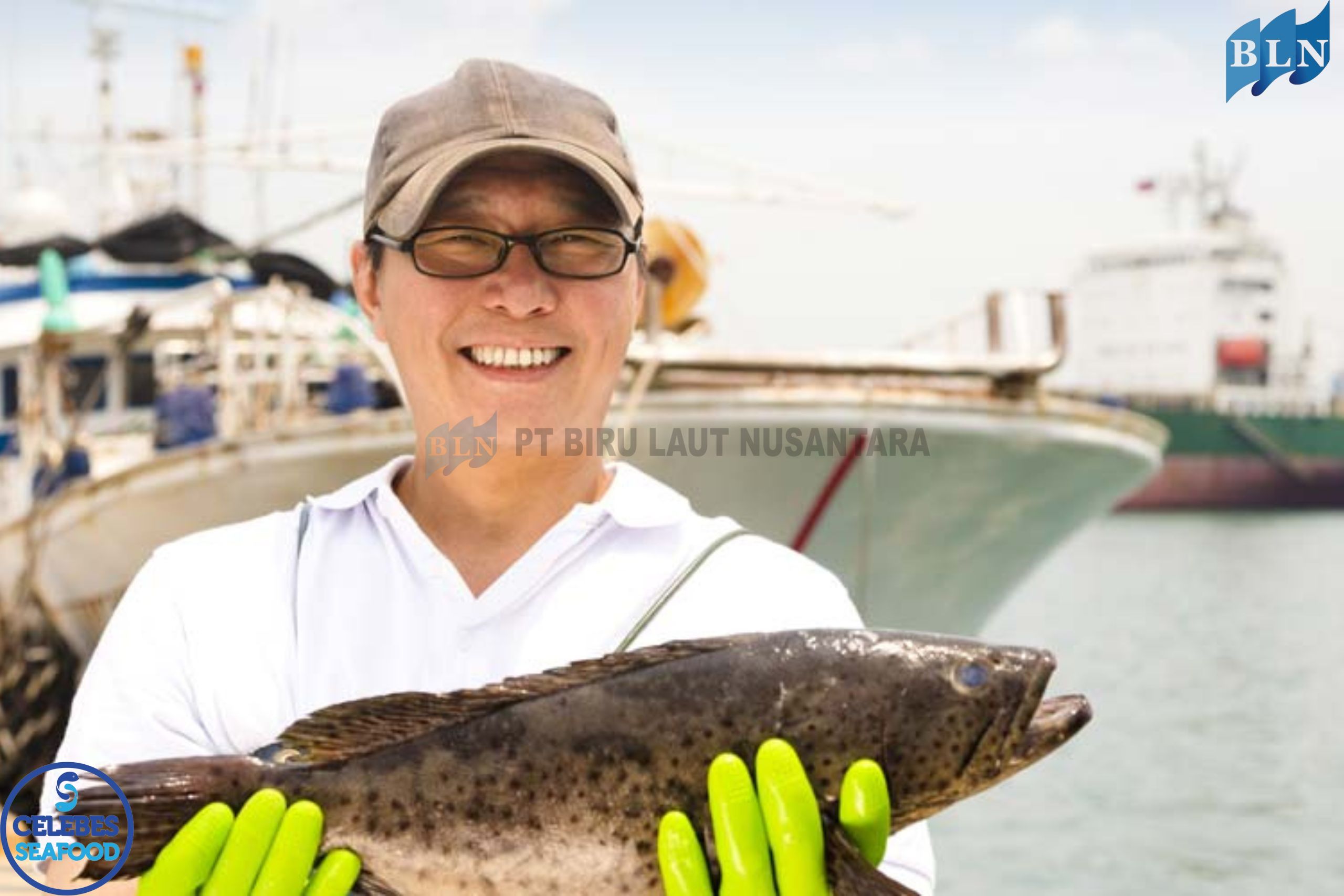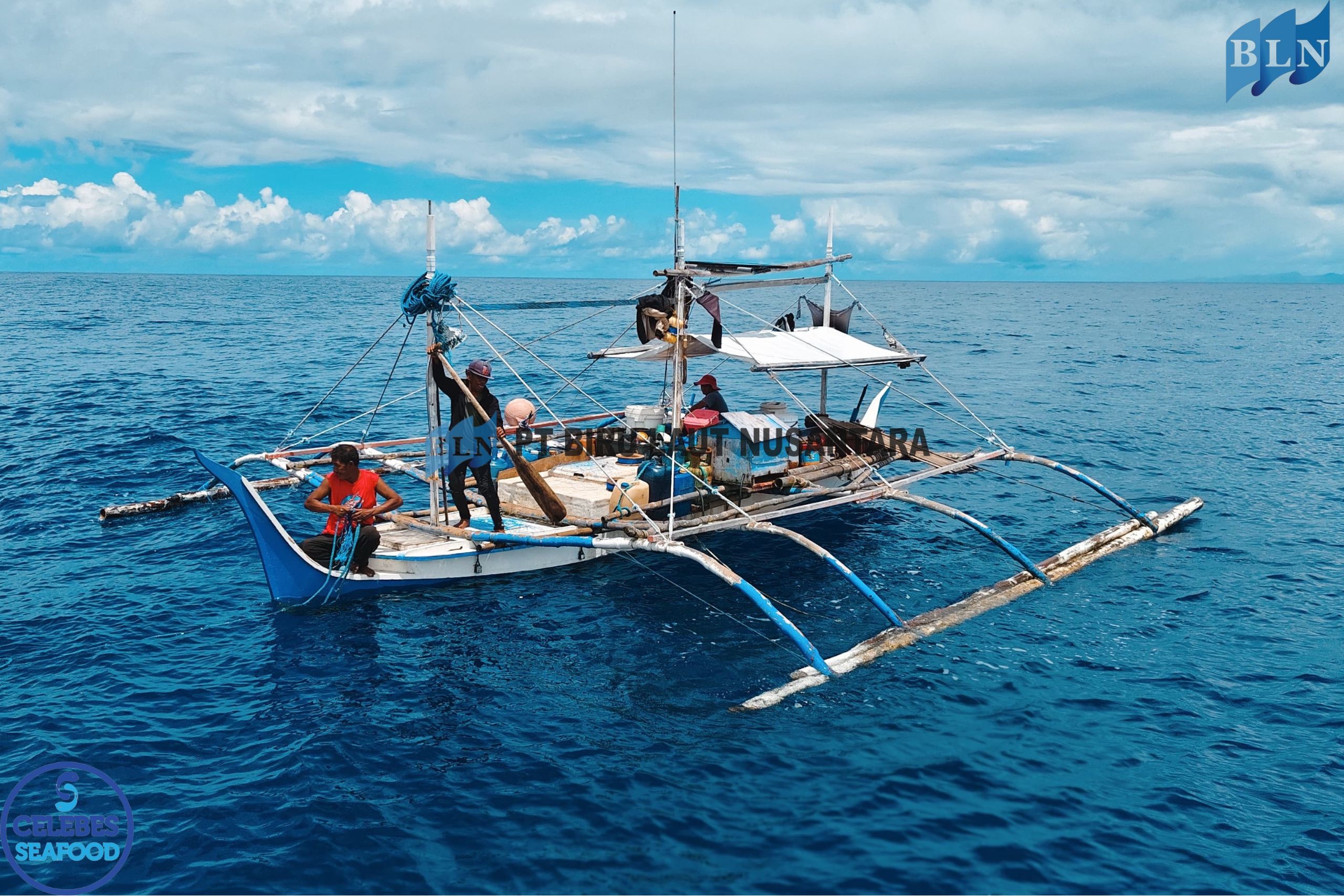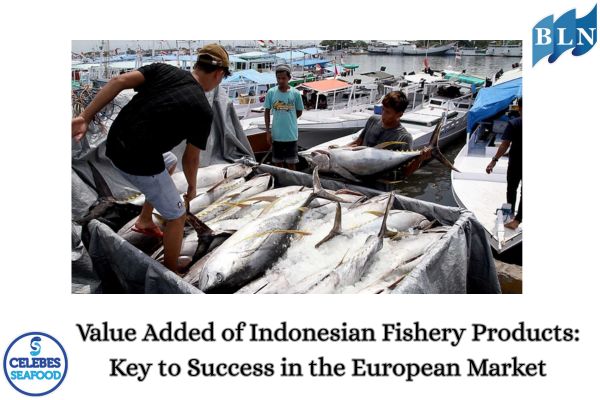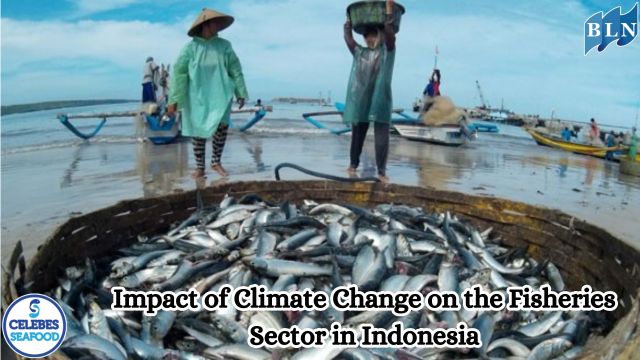Effect of Temperature and Packaging on the Quality of Fishery Products During Storage
By. Edi - 25 Apr 2025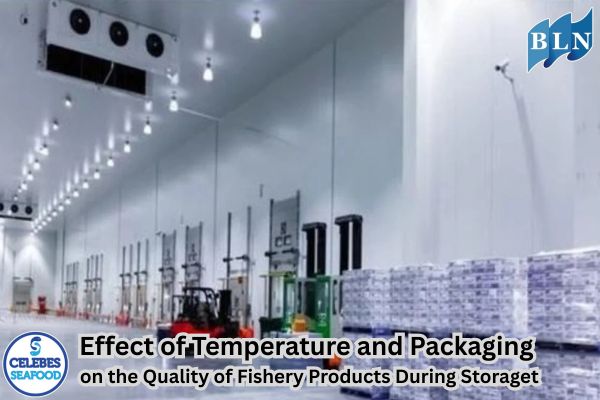
lautnusantara.com The effect of temperature and packaging on the quality of fishery products during storage. This is a crucial aspect to ensure the safety and quality of fish and its processed products until they reach consumers.
1. Effect of Temperature on the Quality of Fishery Products
Temperature is the main factor that affects the level of damage to fishery products. Fish and its derivatives are very susceptible to spoilage due to their high water content, neutral pH, and the presence of active enzymes and microorganisms. The following are the effects of temperature on various aspects of quality:
- Growth of Microorganisms: Higher temperatures significantly accelerate the growth of spoilage and pathogenic bacteria. These bacteria produce enzymes that break down proteins and fats in fish, producing foul-smelling compounds such as ammonia, trimethylamine (TMA), and sulfide acid. At cold temperatures (refrigeration and freezing), the growth of microorganisms can be inhibited or stopped.
- Enzymatic Activity: Natural enzymes in fish continue to be active after death, causing changes in texture, taste, and aroma. Proteolytic enzymes break down proteins, producing softer meat but can also cause spoilage. Lipolytic enzymes hydrolyze fats, producing free fatty acids that can cause rancidity (oxidative rancidity). Low temperatures slow down this enzymatic activity.
- Fat Oxidation (Rancidity): Unsaturated fats in fish are highly susceptible to oxidation by oxygen, especially in the presence of catalysts such as light, metals, and high temperatures. Oxidation produces aldehydes and ketones that have an unpleasant odor and taste (rancidity). Low temperatures and protection from oxygen can slow down this process.
- Texture Changes: Storage at improper temperatures can cause undesirable texture changes. Slow freezing can form large ice crystals that damage the muscle fibers of fish, resulting in a mushy texture after thawing. Temperature fluctuations during frozen storage can also accelerate texture deterioration.
- Color Changes: Chemical reactions and enzymatic activity can cause color changes in fish. For example, oxidation of myoglobin can produce an unattractive brown color. Low temperatures can help preserve the natural color of fish.
- Loss of Nutrients: Prolonged storage and at inappropriate temperatures can cause a decrease in the nutritional value of fishery products, such as the loss of vitamins and omega-3 fatty acids.
2. Effect of Packaging on the Quality of Fishery Products
Packaging plays an important role in protecting fishery products from various environmental factors during storage and distribution. The main functions of packaging are:
- Protect from Contamination: Good packaging prevents contamination of microbes, dust, dirt, and insects from the external environment.
- Prevent Physical Damage: Packaging protects products from mechanical damage such as impact, pressure, and vibration during handling and transportation.
- Control Gas and Water Vapor Transfer: Proper packaging can control the entry of oxygen (to prevent oxidation) and the exit of water vapor (to prevent dehydration or freezer burn in frozen products).
- Protect from Light: Some types of packaging can protect products from exposure to light which can accelerate fat oxidation and discoloration.
- Extend Shelf Life: By providing effective protection, proper packaging can significantly extend the shelf life of fishery products.
3. Common Types of Packaging Used for Fishery Products:
- Plastic: Different types of plastic (PE, PP, PET) are used in the form of bags, films, containers, and trays. The choice of plastic type depends on the type of product, storage method, and shelf life requirements. Vacuum packaging uses airtight plastic to remove oxygen and slow the growth of microorganisms and oxidation.
- Metal: Metal cans and containers provide excellent protection against oxygen, light, and physical damage. Typically used for fishery products preserved through sterilization.
- Glass: Glass containers are inert and do not react with food, and provide good protection against oxygen and moisture. However, glass is heavier and prone to breakage.
- Paper and Cardboard: Used for secondary packaging or for frozen products coated with plastic. Cardboard provides structural strength and mechanical protection.
- Active and Intelligent Packaging: More advanced packaging technologies involve the use of active ingredients (such as oxygen absorbers or antimicrobial releasers) and intelligent indicators (such as temperature or freshness indicators) to improve product safety and quality.
Temperature and packaging are two critical factors that are interrelated in maintaining the quality of fishery products during storage. Proper temperature control (refrigeration or freezing) is essential to inhibit the growth of microorganisms, enzymatic activity, and fat oxidation. Meanwhile, the selection of appropriate packaging provides protection against contamination, physical damage, and environmental changes that can reduce product quality. The combination of proper temperature storage and effective packaging use is key to ensuring safe, high-quality fishery products with optimal shelf life.
If you are interested in our product Octopus Whole Cleaned Yucatan, Coral Trout Fillet Skin On, CORAL TROUT WGG WHOLE GILLED GUTTEDplease do not hesitate to contact us through email and/or whatsapp.
